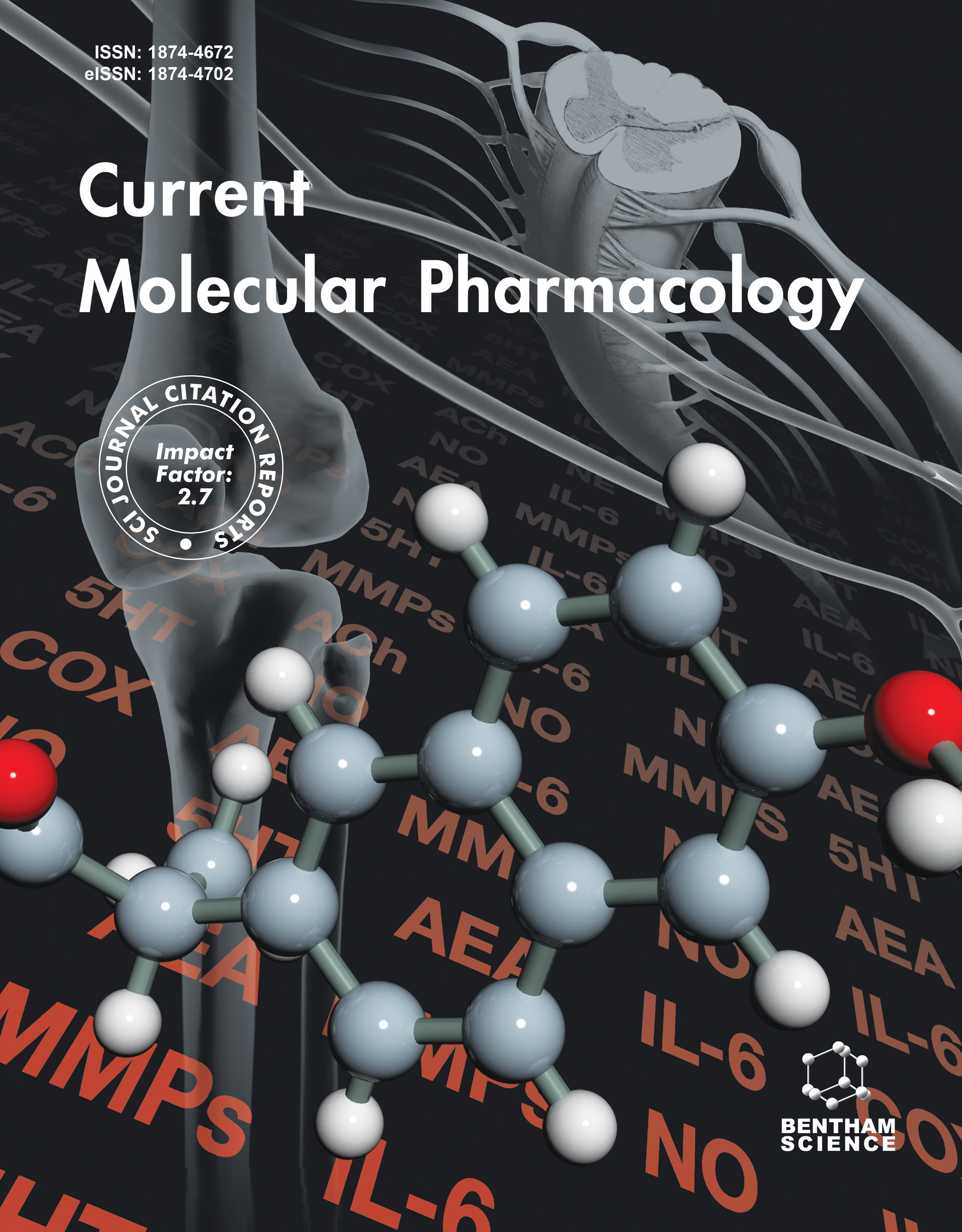-
oa Exploring the Pharmacological Mechanisms of P-hydroxylcinnamaldehyde for Treating Gastric Cancer: A Pharmacological Perspective with Experimental Confirmation
- Source: Current Molecular Pharmacology, Volume 17, Issue 1, Jan 2024, e18761429322420
-
- 02 Jul 2024
- 09 Oct 2024
- 01 Jan 2024
Abstract
Momordica cochinchinensis is a dried and mature seed of Cucurbitaceae plants, which has the effect of dispersing nodules, detumescence, attacking poison, and treating sores, and is used in the treatment of tumors in the clinic. P-hydroxylcinnamaldehyde (CMSP) is an ethanol extract of cochinchina momordica seed (CMS). Our previous studies have found that CMSP is an effective anti-tumor component with good anti-tumor effects on melanoma and esophageal tumors. However, the inhibitory effect of CMSP on gastric cancer (GC) and its potential mechanism remain to be further elucidated.
First, we utilized network pharmacology to predict potential targets and mechanisms of action for the treatment of GC. Subsequently, a series of biological function experiments were conducted to assess the effects of CMSP on the proliferation and apoptosis of GC cells in vitro. To elucidate the molecular mechanism of CMSP, bioinformatics and high-efficiency liquid chromatography tandem mass spectrometry (HPLC-MS/MS) were employed for analysis. Additionally, a resistant cell line of the chemotherapy drug paclitaxel for GC was established, and the impact of 10μg/mL CMSP on the sensitivity of GC-resistant cells was examined.
The network pharmacology results demonstrated that the active components of CMS exert an anti-GC effect through multi-target and multi-pathway mechanisms. The main pathways involved included the PI3K/Akt pathway, p53 signaling pathway, multi-species apoptosis pathway, as well as ADRB2 and CAV1 genes. Cell experiments revealed that CMSP can effectively inhibit the proliferation and induce apoptosis of GC cells in vitro. However, it did not show any sensitizing effect on paclitaxel-resistant cells. Importantly, CMSP exhibited no toxic or side effects on normal gastric epithelial cells. Furthermore, differential protein expression patterns following CMSP treatment were elucidated using HPLC-MS/MS and western blot analysis, highlighting its role in regulating apoptosis signaling pathways.
Our study presents novel evidence regarding pertinent potential target genes and signaling pathways through which CMSP mediates its anti-GC effects, with a particular emphasis on its role in modulating apoptotic signaling pathways. Collectively, these findings underscore the promising candidacy of CMSP as a therapeutic agent for GC that merits further investigation in clinical contexts.


